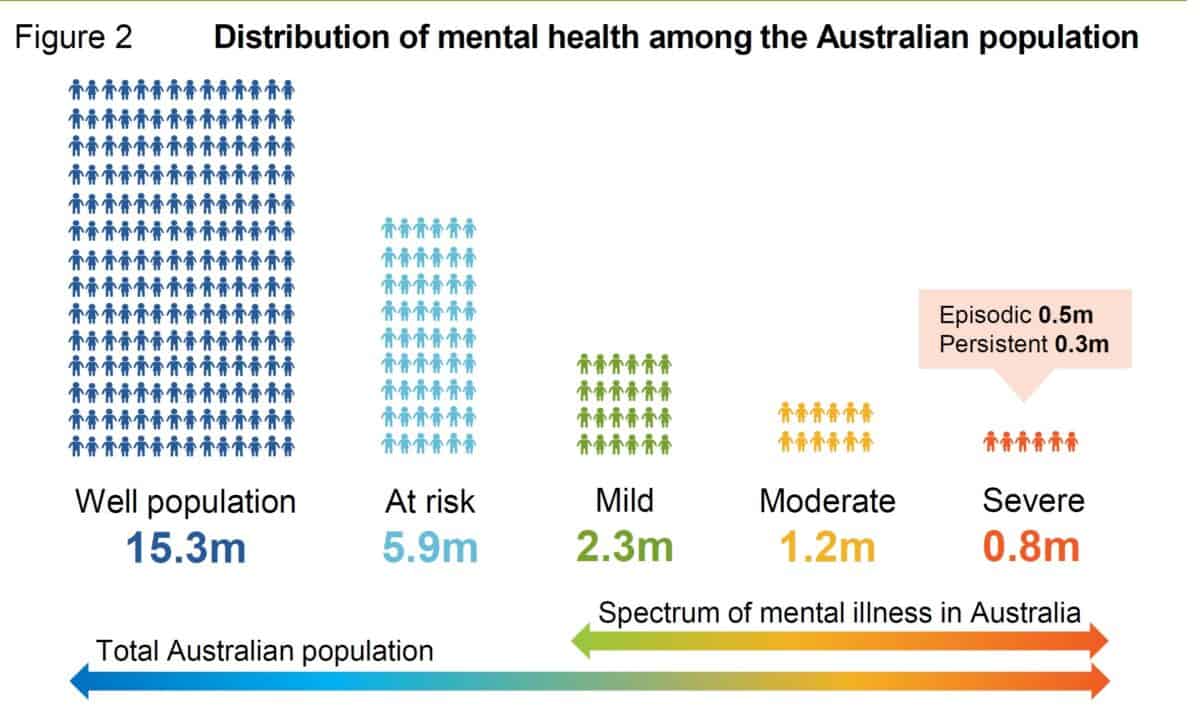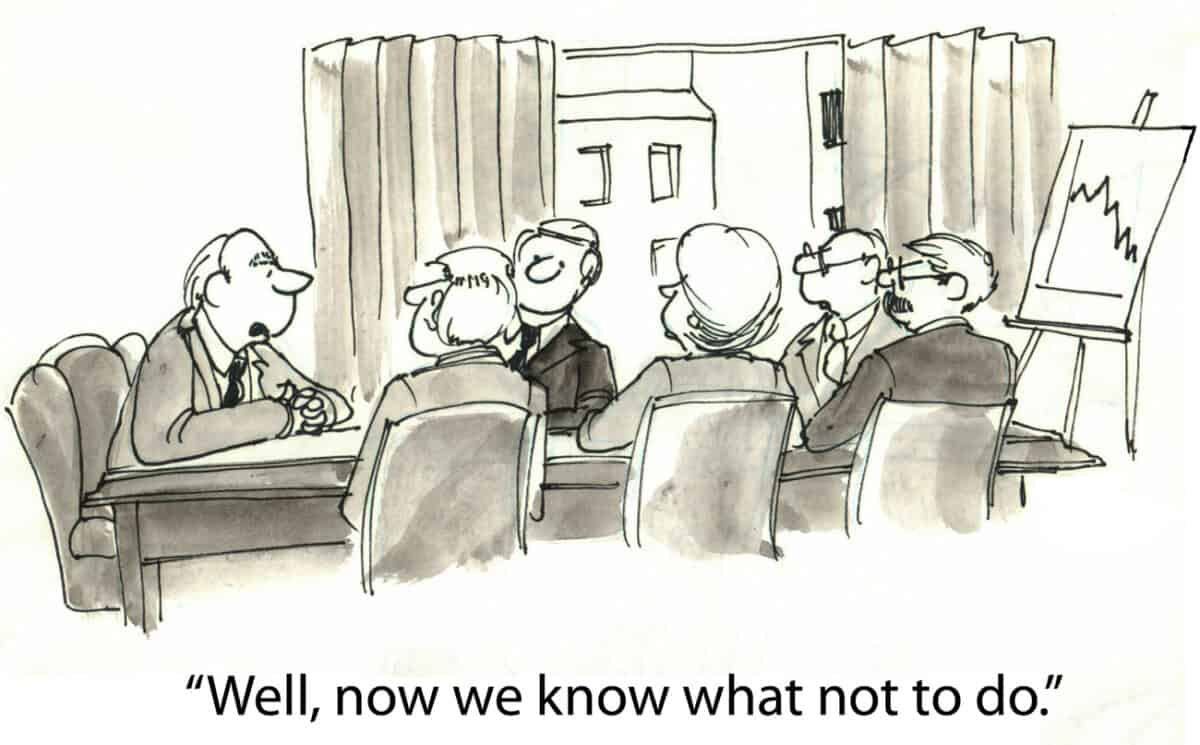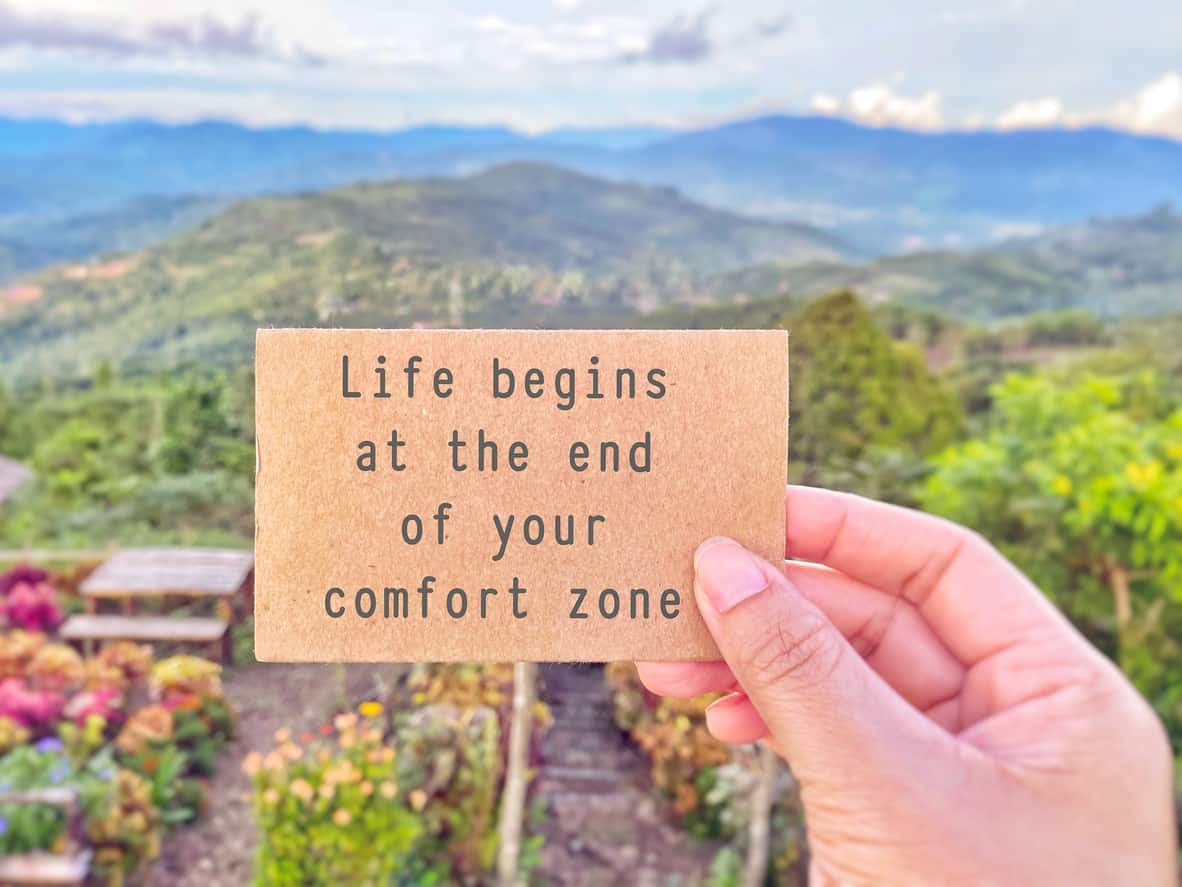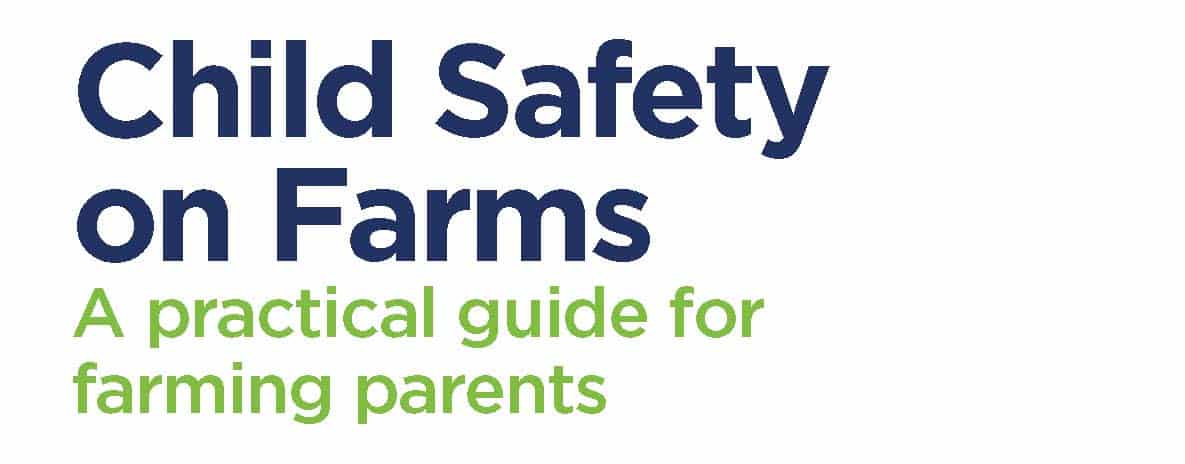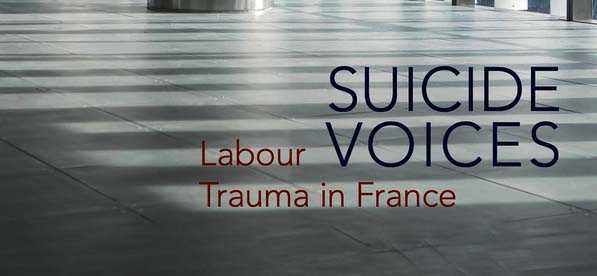[Originally published on December 1, 2020]
Last week, I wrote about the misrepresentation of mental health in a common graphic about the “mental health spectrum”. If only I had had time to read the Productivity Commission’s report into its inquiry on mental health. On page 10 is this image which provides a more accurate context for mental health in Australia.
Continue reading “Better mental health context image”
